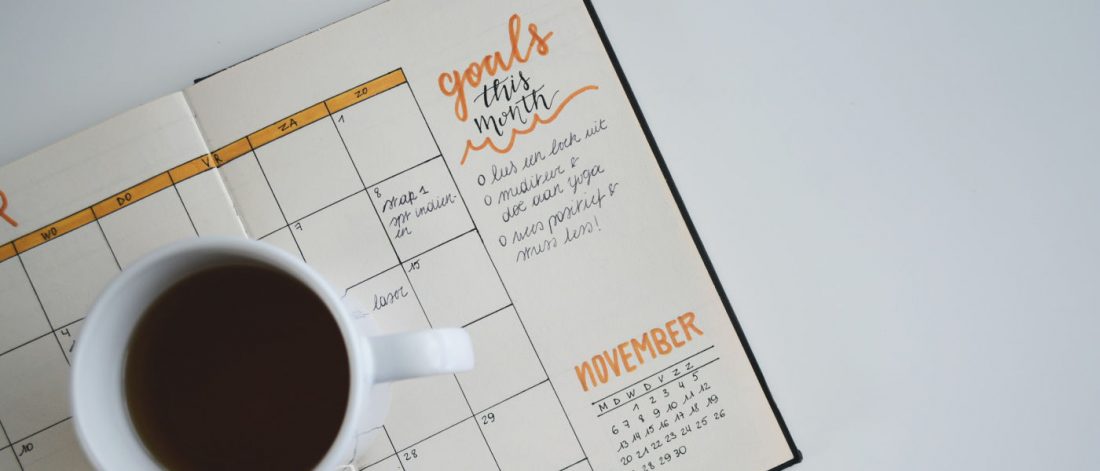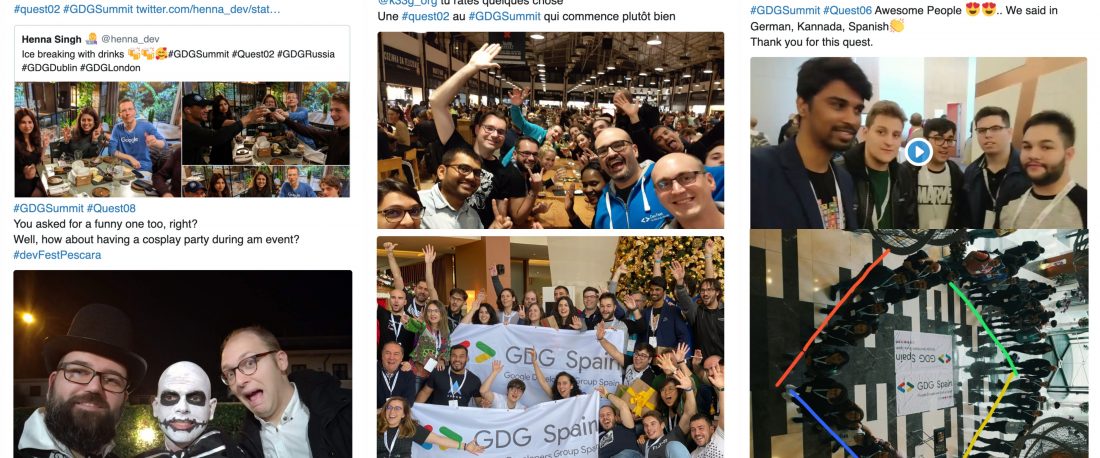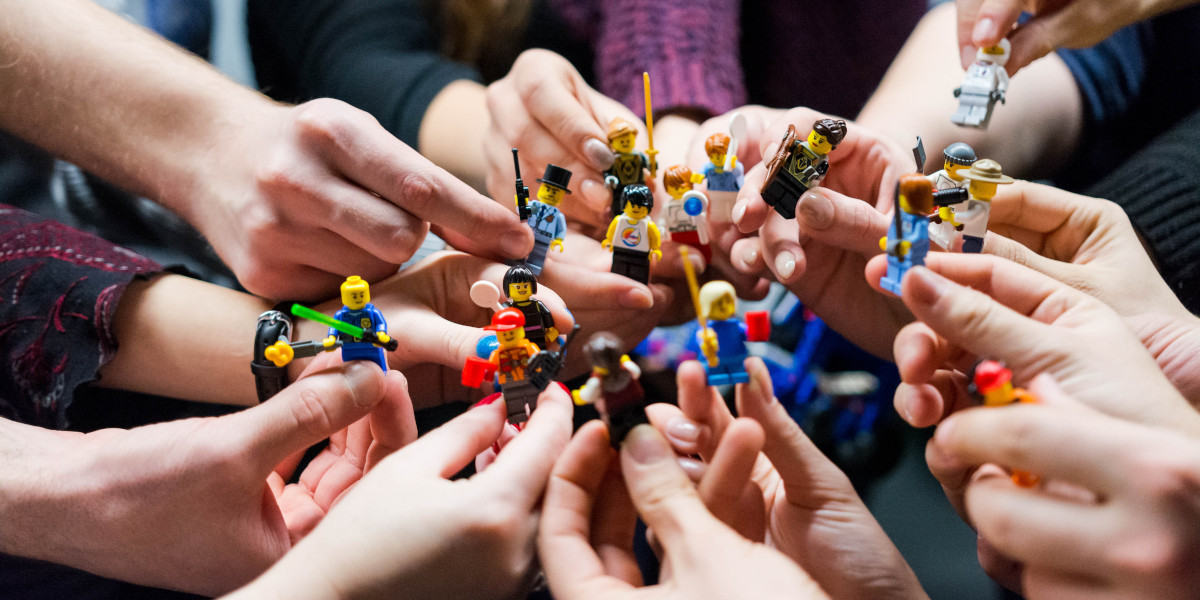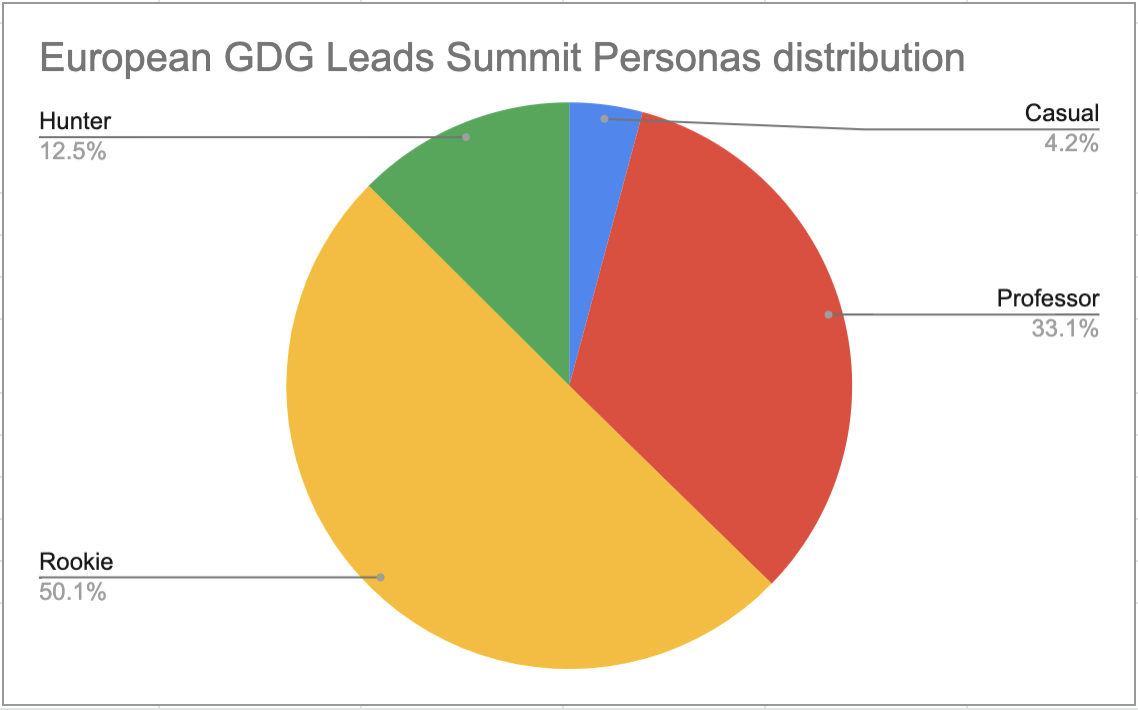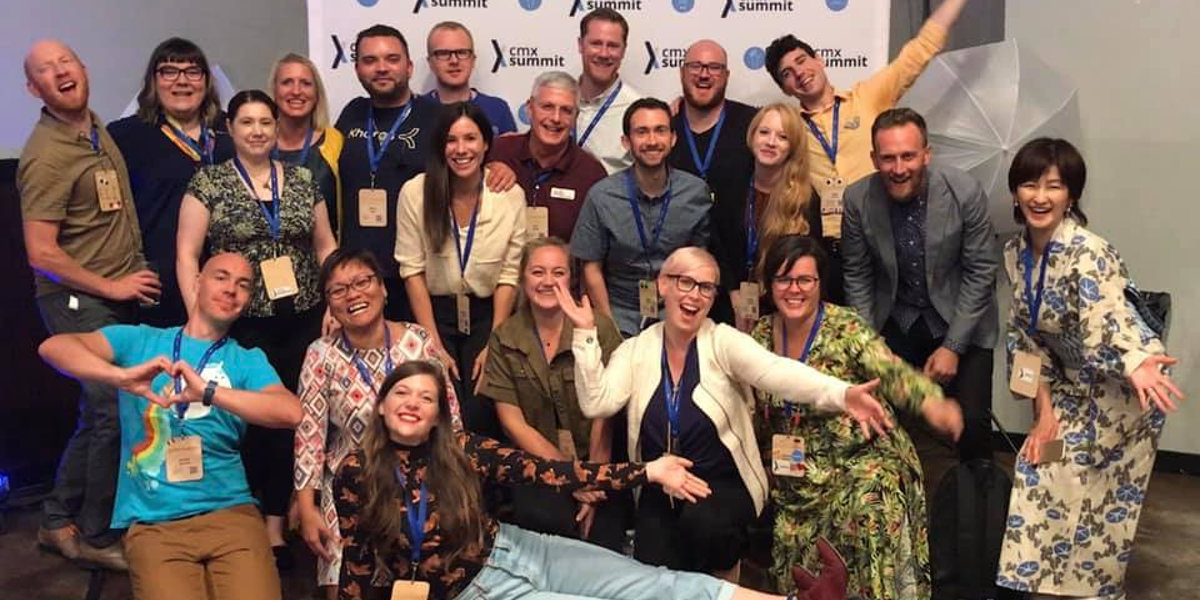There are common challenges every team of community builders faces. Contribution to company’s goal, team members alignment, long term planning and execution with the next step already in mind, a diverse and rich community landscape to support, etc. Mine is no exception, and we tried to address, or at least mitigate, some of these challenges thanks to the Feverbee’s Community Strategic Plan.
Why the Community Strategic Plan, and how?
I’m deeply rooted in the importance of the whys, the reasons motivating our actions. In the context of a brand community program, the whys are the goals the company wants to pursue, thanks to the community tool. The complexity every community professional faces is to link those goals with dat-to-day execution. The Community Strategic Plan creates a clear connection between these two extremes. Via interconnected hops, defining the overall community strategy, tactics, expected results, resources allocation and other important elements.
The first time we worked on the plan, we followed all of its canonical key elements. The second time, we deviated slightly from the manual, focusing on the following key elements:
- Goals: what the organization wishes to achieve from the community.
- Objectives: what behaviors community members need to perform in order to achieve the goals.
- Emotions: what feelings to amplify and leverage, in order to influence community members to perform desired behaviors. We expressed them using the perspective of user stories. For example “I’m proud of giving back to my local ecosystem thanks to technologies“. Or “I am motivated to offer compelling content to my members to increase hands-on learning at different levels“.
- Tactics: the specific projects the team will execute to amplify these emotions. We didn’t go too deep into defining action steps, because we made the plan in the context of an entire team. Once a person, or sub team, starts working on a specific tactic, they will also have the freedom, and responsibility, to define detailed steps.
The Community Strategic Plan and the existing team culture
In Google, we use OKRs. For the Community Strategic Plan to be truly adopted and followed, and not to be forgotten after the initial enthusiasm, we had to find a way to insert it into the “existing team flow”. Luckily, it’s wasn’t that difficult, as a mapping between the Community Strategic Plan and the OKR framework is pretty straightforward. From the OKR angle:
- Objectives express goals and intents
- Key Results express measurable milestones which, if achieved, will advance objective(s) in a useful manner.
So, considering the key elements of the Community Strategic Plan aforementioned:
- A goal provide an high-level categorization of a group of Objectives in the OKR
- An objective maps with an Objective in the OKR
- A tactic maps to a Key Result in the OKR
Bonding the Community Strategy Plan with team OKRs was the way to keep team members focused on the tactics. In general, I strongly encourage to adapt and connect the Community Strategic Plan to the existing team habits. For several teams, adopting the plan is already an important mindset shift, so it should not be weighed down by further changes to team routines.
Work on the Community Strategic Plan in an remote team setup
Honestly, it was quite a complex exercise to work on the Community Strategy Plan in a remote team setup. Because of the many consequent steps, the many “diverge-converge-decide” phases, the non trivial amount of time, focus and effort required to formalize the entire plan.
I started making each team member aware of what is a Community Strategy Plan, and the potential advantages in adopting this new framework in the team. Thanks to previous retrospectives about the work we did together, I had enough material to support the proposal.
Then, with a sub group of experienced community builders, we set goals, objectives and emotions. We iterated twice on them, to be sure we developed quite extensively the company goals, without leaving anything behind. The experience of the sub group allowed to focus on the important elements, to interpret goals considering also “historical context”, and to identify emotions, thanks to their deep knowledge of community members.
Finally, we shared the pre-work done with the whole team, and leveraged everyone’s contribution for a tactics brainstorming. Fresh-air and alternative points of views, provided by newer team members, were really useful. We then prioritized tactics and picked up the top ones, completing the last element of the Community Strategic Plan.
Challenges and opportunities ahead
As I mentioned at the beginning of this post, strategic thinking and purse team alignment while working with the full spectrum of communities is one of the core reasons we created our Community Strategy Plan. With the plan now in place, I asked every team member to constantly check if the ways they’re spending their time with communities resonate with one or more priority tactics. If yes, 👍. If not, or they may need to refocus their effort, or we may need to improve and adapt the plan, as no tool is the perfect tool, especially over time.
Speaking about time, the more you move closer to execution (from company goals down to tactics), the quicker is the “speed of adaptation“. It means goals are here to stay for the long period (ideally), while tactics may change quickly. When we prioritized tactics, we had to left behind some interesting ones, or others that needed for some pre-condition to be true, in order to become feasible. I’m quite sure, in the future, we’ll include some of those tactics into the official Community Strategic Plan.
Measurement is another area of untapped opportunities: in fact, for some of the priority tactics, we hadn’t a precise idea on how to measure the impact, or even the progress. We had a feeling it should be possible, and that was enough to commit to do it later. It’s not a “postpone-to-forget” attempt, but it could become without the right discipline. So I foresee lot of data-oriented learnings we’ll acquire executing those tactics.
(Credits to Unsplash for the post image)
